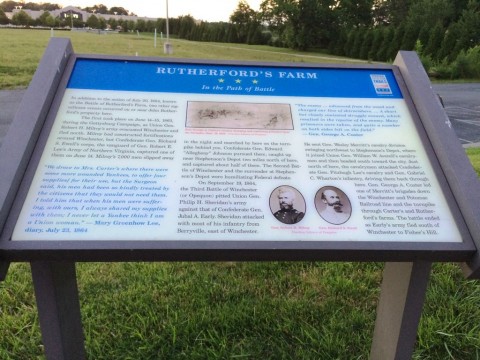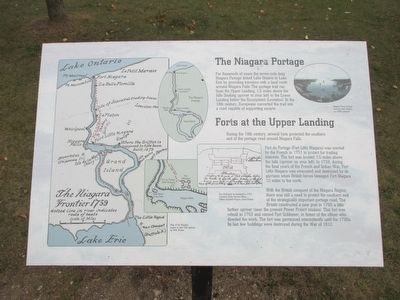Welcome to the Civil War Marker in West Virginia, a poignant reminder of a tumultuous time in American history. As you stand here, imagine the echoes of marching boots and the fervent speeches that once filled the air. This marker commemorates West Virginia’s unique role during the Civil War, a conflict that reshaped the nation.
West Virginia was born out of the Civil War. In 1861, as Southern states seceded from the Union, the western counties of Virginia opposed secession and chose to remain loyal to the Union. This division led to the formation of West Virginia, admitted to the Union on June 20, 1863, becoming the only state to form by seceding from a Confederate state.
One of the major historical events associated with West Virginia during the Civil War was the Battle of Philippi, fought on June 3, 1861. Often called the ‘Philippi Races,’ it was one of the earliest organized land actions of the war and resulted in a Union victory, setting the stage for subsequent engagements in the region.
The state was also the site of the Battle of Harpers Ferry in September 1862, where Confederate forces under Stonewall Jackson captured a large Union garrison. This victory was a significant boost to Confederate morale and disrupted Union supply lines.
Notable figures such as Stonewall Jackson, a Confederate general born in Clarksburg, West Virginia, played pivotal roles in the Civil War. Jackson’s military strategies and tactics were studied for years after the war.
Over time, West Virginia evolved from a war-torn region to a state rich in history and culture. Its role during the Civil War has been preserved through various historical markers and sites, reminding us of the complex dynamics and stories of bravery and division.
Today, as you explore this marker, you are standing amidst a piece of living history, a testament to the enduring legacy of a state forged in conflict but united in its desire for peace and progress.



